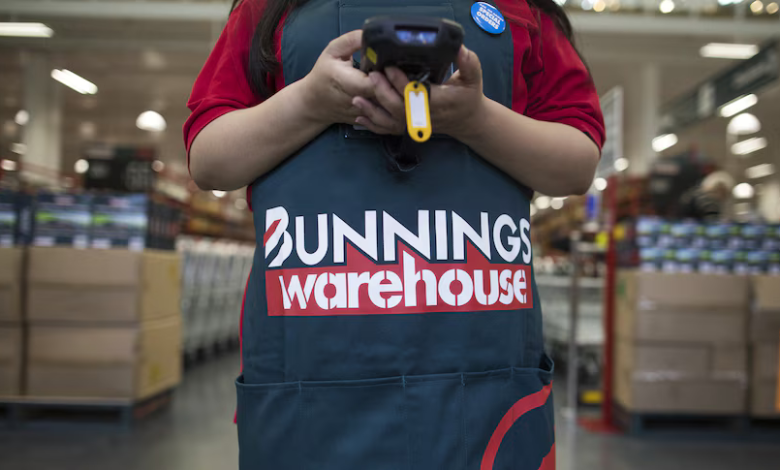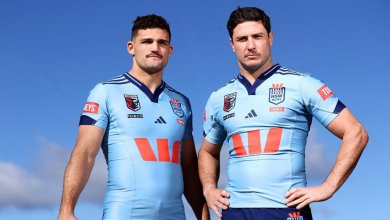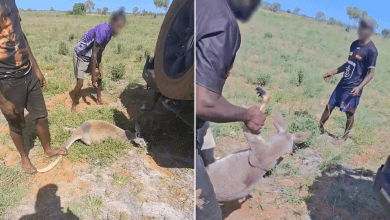“We’ll Beat It by 10%*”: Bunnings’ Price Promise Comes With a 9,000-Product Catch
Bunnings’ iconic 10% price beat promise comes under fire as thousands of their products turn out to be home-brand exclusives. Experts say it’s time for more transparency in the hardware aisle.

“Lowest Prices Are Just the Beginning” – But So’s the Fine Print
Walk into any Bunnings, and it’s right there, loud and proud: “Find a competitor’s lower price on the same stocked item, and we’ll beat it by 10%.” Great deal, right? Well, only if you can actually find a competitor who stocks the same item – which, it turns out, is near impossible for thousands of their products.
That’s because Bunnings owns the brands. From Citeco ladders to Jumbuck barbies and Trojan tools, many products that come with the price-match promise are home brands – exclusive to Bunnings and conveniently unmatchable.
The “Price Beat” Breakdown
| Metric | Value |
|---|---|
| Bunnings home-brand products | Over 9,000 |
| Home brands include | Citeco, Jumbuck, Estilo, Bastion, Trojan, Mondella |
| Products surveyed in price comparison | 95 basic hardware items |
| Bunnings vs Mitre 10 (43 items) | Bunnings 2.3% cheaper |
| Bunnings vs Total Tools (22 items) | Bunnings 1.7% cheaper |
| Bunnings vs Amazon (26 items) | Bunnings 2.4% cheaper |
| Bunnings profit margin | 16.8% |
| Coles profit margin | 8.9% |
| Woolworths profit margin | 9.9% |
The Trojan Twist: When the Brands Are Yours, The Rules Get Wiggly
Bunnings has built a brand fortress, filling aisles with products that look like national brands but are actually its own. There’s no big disclosure on the packaging or shelves. If you want to find out who really owns Trojan, you’d need to dig into the IP Australia trademark register—or read the Wesfarmers annual report.
Branding expert Camey O’Keefe says this tactic builds customer trust:
“People see the sign and think: ‘Bunnings will always give me the best price’ — whether it’s true or not.”
And that “10% cheaper” bit? Former Woolies chairman John Dahlsen calls it “illusionary”:
“It’s very hard to price-match when there’s no match.”
ACCC Weighs In
The ACCC says retailers aren’t legally required to disclose private-label ownership, but marketing home-brand products like third-party goods could be seen as misleading. Bunnings insists it follows all regulatory rules and that it “empowers” staff to apply the price promise where a product is similar to a competitor’s — not just identical.
But consumer group Choice says that’s not good enough.
“Customers need clearer labelling and realistic expectations,” says Choice’s Matt Steen.
From Backyard Sheds to Billion-Dollar Behemoth
| Year | Bunnings Revenue (AUD) | Store Count (Australia) |
|---|---|---|
| 2000 | $1.4 billion | 43 stores |
| 2024 | $19 billion | 310 stores |
Bunnings now controls a huge slice of Australia’s hardware market, and its profit margins eclipse those of supermarkets. While Coles and Woolies face media scrutiny and government intervention, Bunnings has quietly flown under the radar.
Sydney Uni’s Professor Clinton Free says:
“Its brand trust, massive footprint, and lack of direct competitors make it a quasi-monopoly.”
Market Share Mystery
Bunnings claims it only holds 17% of the “total retail market” because it includes rivals like Amazon, eBay, PetStock, Aldi and even Spotlight. But IBISWorld puts Bunnings’ market share in hardware retailing at 33%, while others estimate it’s closer to 70%.
“At 60–70% market share, you can control pricing, dominate suppliers, and repel new entrants,” says Prof. Free.
What Bunnings Says
In response, Bunnings stated:
“We are committed to offering customers low prices and working responsibly with suppliers.”
It maintains that its pricing policies and promotional strategies are in line with legal requirements and consumer expectations.
Final Nail in the Toolbox?
Bunnings may boast about beating competitor prices, but when most of their products can’t be bought anywhere else, that 10% promise starts to look like more marketing muscle than genuine value.
With profits surging and market power solidifying, the real question isn’t whether you can save a few bucks on a shovel — it’s whether Aussies are being outmanoeuvred by clever branding and minimal oversight.
As one customer put it while staring down a $159 bucket: “If I can’t buy it anywhere else, who am I price-matching it with? The bloke next door?”




